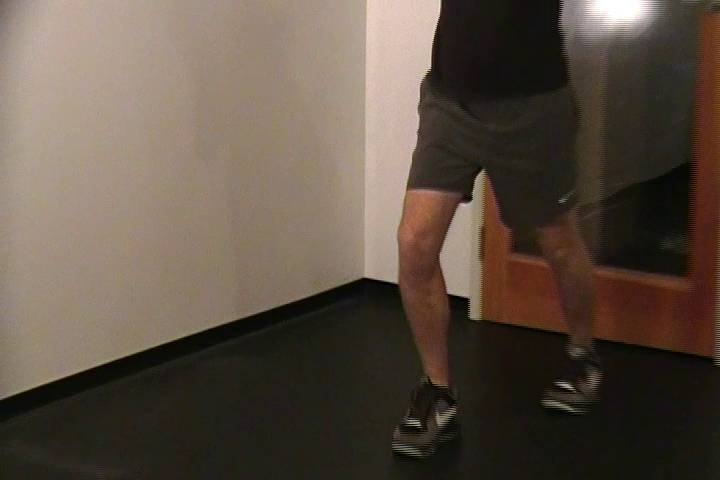Even the best preventative measures can’t ensure you won’t end up on the DL at some point. Lucky for you, TRX Suspension Training can be highly beneficial at rehabbing injuries.
In his monthly Ask the Doctor blog posts, Dr. Rajan Perkash has covered several upper extremity injuries including Tennis Elbow, Elbow Tendinosis and Shoulder Dislocation. But the TRX is just as effective at addressing injuries incurred below the belt. Suspension Training and/or instability training has been found to reduce the risk of:
- Lower limb injuries by 39%
- Acute knee injuries by 54%
- ACL injuries by 88%
- Ankle sprain by 50%
ACL Repair or Replacement
- TRX Hip Press (above) - Increases strength and endurance to paraspinals, glutes and hamstrings. Retrains diminished motor control of glutes typical after injury.
- TRX Sprinter Start - Increases hip, knee and ankle strength. Integrates triple extension. Facilitates return of full knee range of motion and challenges single leg balance.
- TRX Single Leg Squat - Builds strength in the lower body while challenging the glutes to control femoral internal rotation.
Ankle Sprain
- TRX Step Side Lunge - Facilitates hip, knee and ankle mobility by unloading exercise.
- TRX Lunge - Increases hip and knee strength. Challenges balance and stability.
- TRX Skaters - Increases hip, knee and ankle power. Introduces a controlled lateral challenge to the ankles.
But before you grab your TRX and go to town, it is highly recommended you consult a health care professional and get clearance to begin this or any exercise program. To learn more about the science of Suspension Training, visit our Sports Medicine page.


